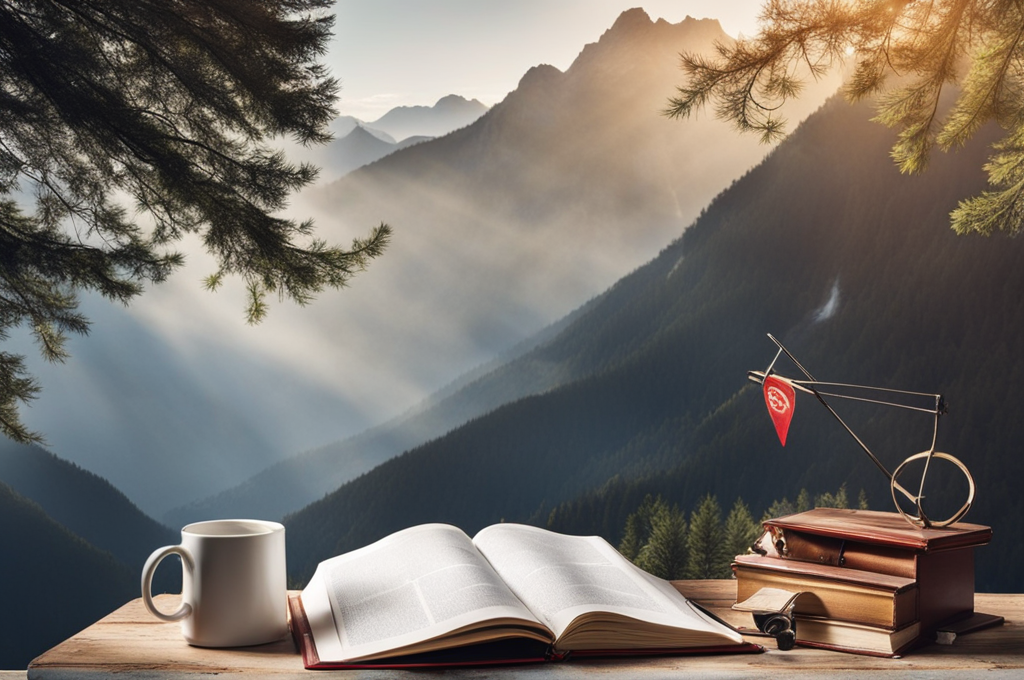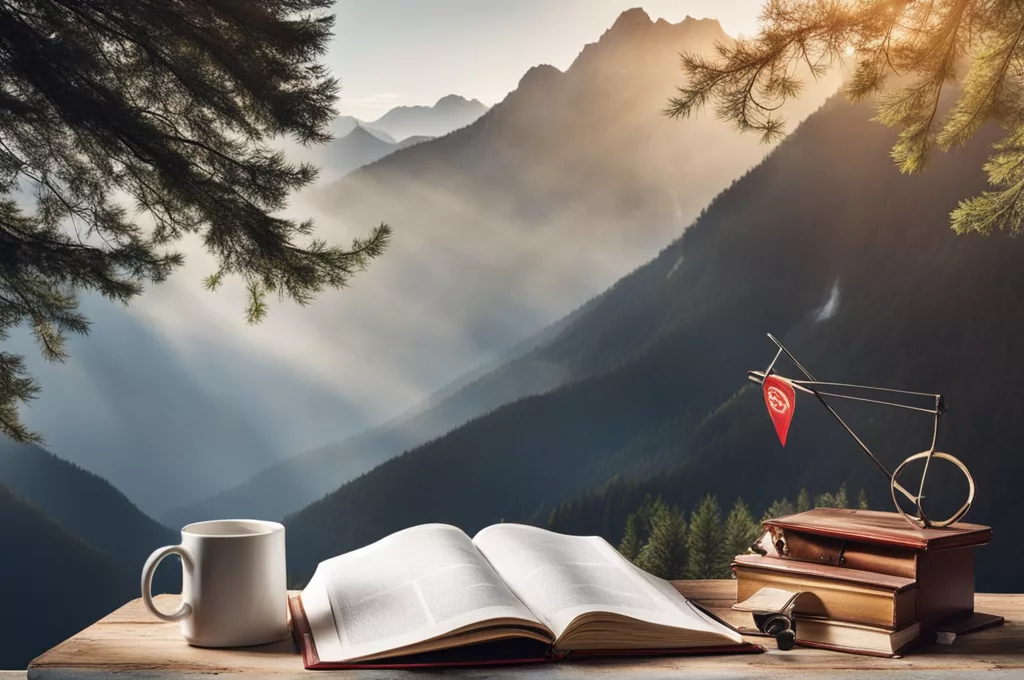
Imagine wandering through the verdant, snow-capped peaks of the Alps, each step taking you to a new village untouched by the usual tourist trails. You’ll find these hidden gems not in guidebooks but in the memories of those who’ve truly embraced the alpine way of life. Let’s venture into the less-traveled corners of the Alps, and discover the alpine towns that whisper tales of solitude, where the air is crisp and the spirit is boundless.
Finding the Uncharted
Venturing off the beaten track means stepping into the unknown. To find these lesser-known alpine towns, you might need to let go of expectations and embrace a spirit of adventure. Start with a map of the Alps, not bound by borders of countries but by the majestic mountains. Next, look for villages nestled within a valley or a mountain pass, where the roads are less travelled, and the roads less travelled are where you’ll find these unsung heroes.
1. Gressoney La Trinité: The Unseen Paradise
Hidden in the heart of the Monte Rochereau mountain range, Gressoney La Trinité is a lesser-known gem. Its snow-capped peaks and crystal-clear lakes are breathtaking. The village itself boasts a rich history of monks and alpine traditions. Visit the Museo del Paesaggio and the Museo del Monte, both offering a glimpse into the region’s history.
2. Aosta Valley’s St. Vincent: A Taste of the Unexplored
St. Vincent is a charming little village nestled within the Aosta Valley, known for its beautiful church, which is a blend of Romanesque and Gothic architecture. The village is tucked away between the Mont Blanc and Gran Shels mountains. The Aosta Valley is well connected and offers a myriad of activities from hiking, skiing, and mountain biking.
3. The Dolomites’ Selva di Val Gardena: A Hiker’s Haven
Selva di Val Gardena is a true paradise for mountain enthusiasts. This uncharted destination is nestled in the heart of the Dolomites, offering breathtaking landscapes and a rich culture of the Ladin people. The town is home to the famous Secola festival, where the local boys wear traditional Ladin costumes and dance through the streets.
4. The Italian- Swiss Border’s Anzere: A Mountain Oasis
Anzere, perched along the Swiss-Italian border, is a gem tucked away in the Swiss Alps. The village is an oasis for hikers, skiers, and winter sports enthusiasts alike. The Lötschenalp, a scenic stop on the way to Anzere, is not to be missed, with its alpine pastures and panoramic views.
5. The Val d’Aosta’s Montjovet: A Village in Time
Montjovet is a secluded village in the Val d’Aosta, boasting breathtaking views of the Mont Blanc massif. The village is a testament to the Alps’ beauty, where time has stood still. A visit to the Montjovet’s Church, the Chiesa del SS. Salvatore, is a must. The village offers a mix of alpine culture, history, and a taste of solitude.
6. The Cervinia’s Bessanese Valley: A Hidden Corner of the Alps
Cervinia’s Bessanese Valley is a hidden corner of the Alps, boasting breathtaking views of Mont Blanc. The valley is a perfect stopover for those seeking solitude. The village is a mix of Italian and Swiss culture, with a rich history of mountain life.
While the alpine towns in guidebooks get all the attention, it’s the unsung heroes that make the alpine experience truly special. Wander through these lesser-known gems, and experience the true spirit of the alpine way of life. These towns will whisper tales of solitude and whisper tales of beauty. Let the mountains be your guide, and step into the uncharted.
